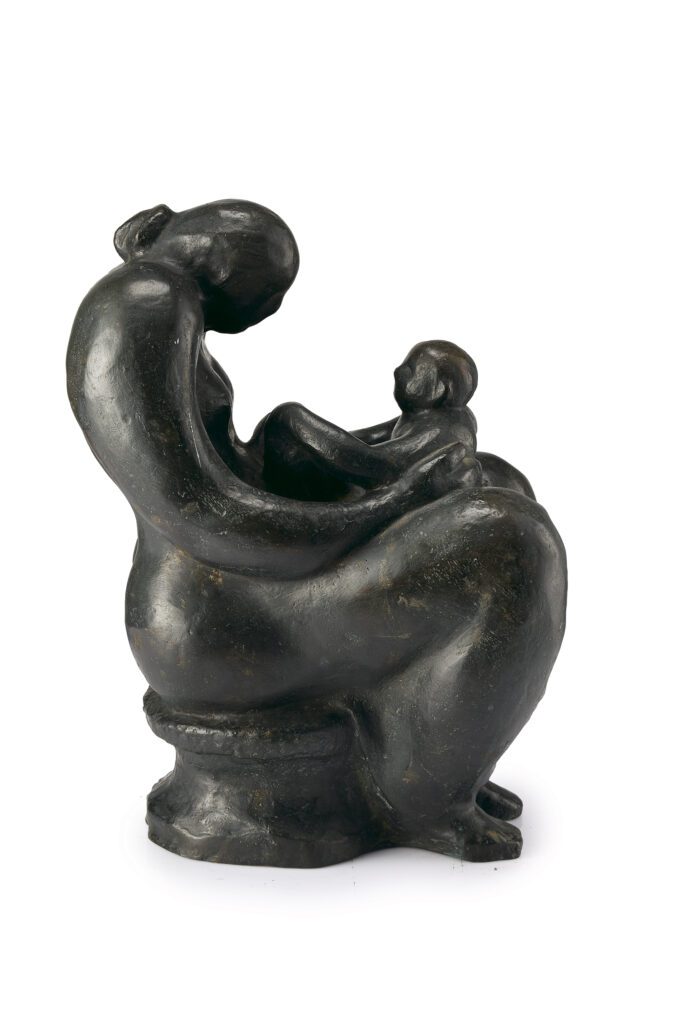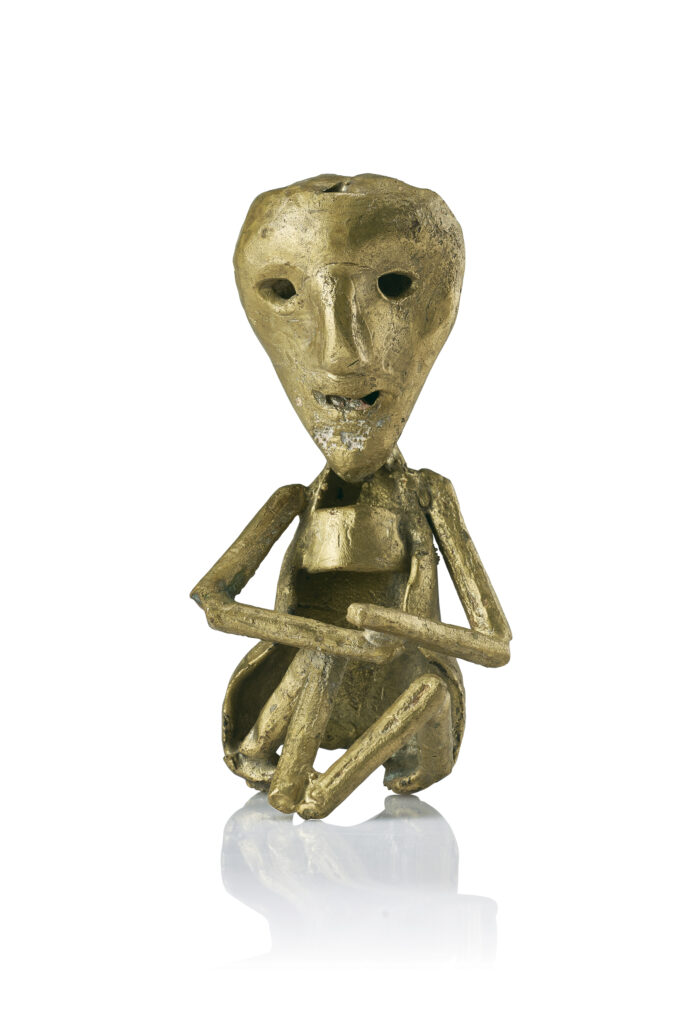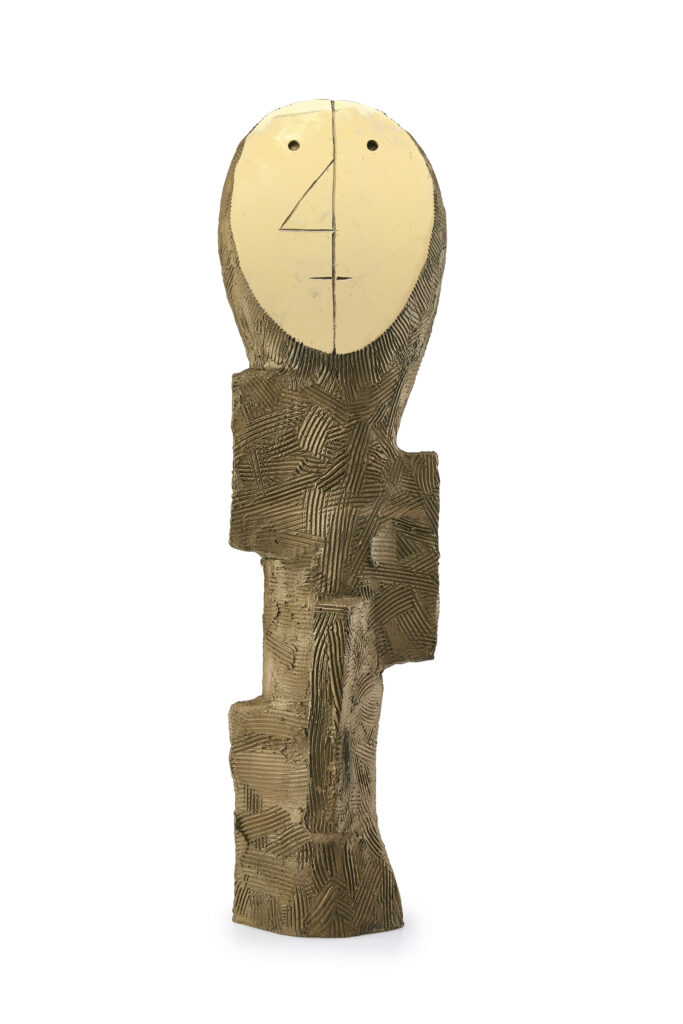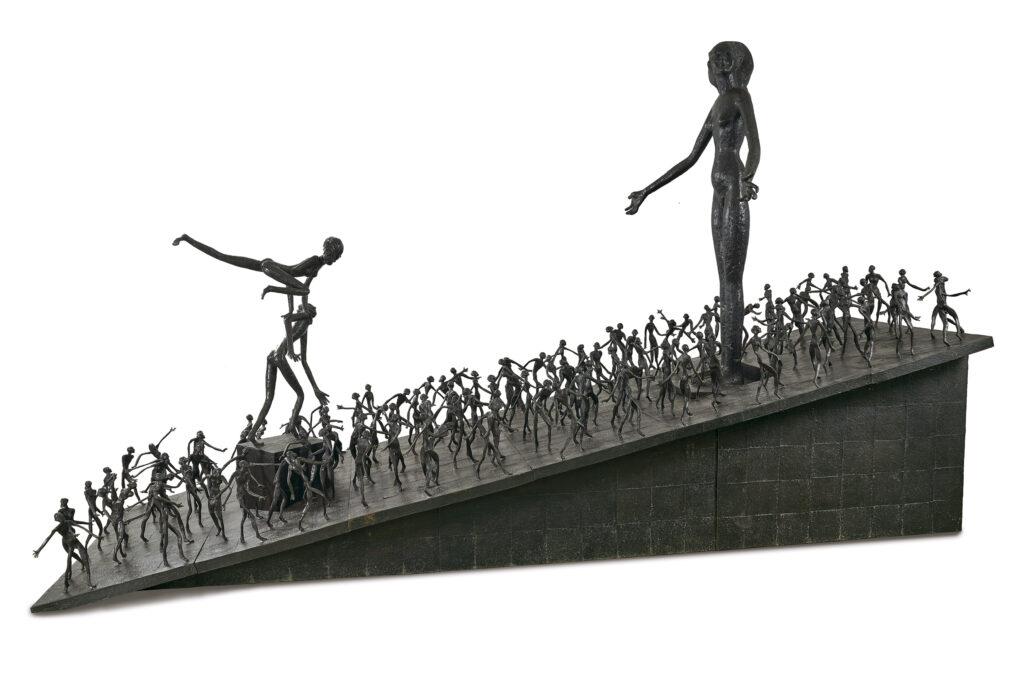Auguste Rodin in 10 Sculptures
Auguste Rodin, hailed as the father of modern sculpture, transformed art with innovative techniques and emotional depth. He bridged the academic...
Jimena Aullet 6 January 2025
Sculptures have been a part of Indian culture since time immemorial. However, in the post-independent era in India, the practice of Indian modern sculpture developed a unique Indigenous language, with artists amalgamating western and traditional Indian norms to create a unique artistic idiom. With inspiration from rural landscapes and tribal communities partnered with experimentation with unconventional material, these artists developed a variety of techniques that led to a new relationship between material, theme, and form. The resulting sculptures celebrated the spirit of humanism while still being reminiscent of classical sculptural styles. Here are five modern sculpture artists who shaped the narrative of the art form in modern India and continue to inspire different generations of artists.

Sculpture Artists of India: Prodosh Das Gupta, Mother & Child, private collection. Courtesy of AstaGuru.
One of the most revered modernist sculpture artists of India, Prodosh Das Gupta was born in 1912 in present-day Bangladesh. After his initial education in sculpture at the Government School of Art and Craft in Chennai, he went on to study further at the Royal Academy of Arts and the École de Grande Chaumière, Paris. Upon returning to India in 1940, Das Gupta founded the Calcutta Group with other artists including Paritosh Sen and Gopal Ghose. His exposure to both Indian and western academic sensibilities led him to create a distinct artistic expression that amalgamated tradition and modernism with fluidity. The artist also experimented with the process of creating sculptures in a few minutes and called them ‘instant sculptures.’ Das Gupta passed away in 1991.

Sculpture Artists of India: Somnath Hore, Untitled, gilt on bronze, private collection. Courtesy of AstaGuru.
Born in 1921 in a village called Barama in Chittagong, Somnath Hore’s tryst with art started at an early age when he started making posters for the Communist party. He was a student at the Government School of Art, Calcutta, where he trained under artist Zainul Abedin. During the 1970s Hore started making bronze sculptures. Through his work, he expressed his feelings about major historical crises like famines and war. The devastating 1943 Bengal famine became one of the recurring themes in his work. Depicting suffering and contorted figures became Somnath Hore’s unique style. The artist passed away in 2006 in Santiniketan.
Born in 1930, P.V. Janakiram graduated from the Government College of Arts and Crafts, Chennai. An important member of the Madras Art Movement, P.V. Janakiram was highly influenced by the traditional temple sculptures of South India. He developed a distinctive idiom in which he used beaten sheet metal, decorated with repoussé work to render two-dimensional, frontal portrait sculptures. Creating a balance of indigenous and contemporary, he combined repoussé with applique and incorporated wires and cables by welding them to the surface of the final metal creation. He is credited for popularizing the two-dimensional or “frontal sculpture” along with artist Dhanraj Bhagat. Janakiram passed away in 1995 in Chennai.

Sculpture Artists of India: Himmat Shah, Untitled (Ed : 2/5), 2007, private collection. Courtesy of AstaGuru
Born in Lothal, Gujarat in 1933, Himmat Shah grew up around the historic remnants of the Indus Valley Civilization which became the root of his artistic vision and sculptural practice. He eventually studied at the J. J. School of Arts in Bombay and further moved to Baroda for a government scholarship. There he came into contact with artist N. S. Bendre and was highly influenced by him. He then spent two years in Paris under S. W. Hayter, interacting with European modernism. After his return, he subsequently moved to Delhi to a studio at Garhi which became Shah’s lab for experimentation with terracotta. While Shah also experimented with different mediums, his best-known work remains the heads in terracotta and bronze. The artist lives and works in Jaipur.

Sculpture Artists of India: K. S. Radhakrishnan, Ramp (Unique), bronze, 2014, private collection. Courtesy of AstaGuru.
An acclaimed figurative sculptor, K. S. Radhakrishnan’s creations are known for their scale and fluidity. Born in 1956, he studied at Santiniketan where he was a student of legendary Indian sculptor Ramkinar Baij. Over the years, K. S. Radhakrishnan has worked in different mediums including beeswax and plaster of Paris. However, his preferred medium is bronze in which he has created a large oeuvre. Several of the artist’s creations have also been installed in public places including sculptures at India House, London. His sculptures are also part of different collections around the world.
Author’s bio
Sneha Gautam is the resident modern Indian art specialist at AstaGuru. She joined the auction house in 2012 and has over eight years of experience in the art industry. She has become well versed in the intricacies of Indian aesthetics and has developed a knack for spotting the rare gems of modern Indian art. Gautam has created a solid foundation by researching extensively on the history of modern Indian art and is capable of tracing the evolution of the increasing demand for this category among collectors both in India and overseas.
DailyArt Magazine needs your support. Every contribution, however big or small, is very valuable for our future. Thanks to it, we will be able to sustain and grow the Magazine. Thank you for your help!